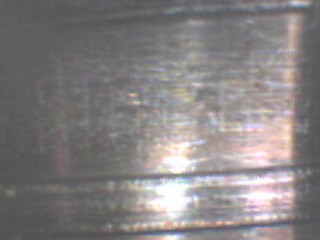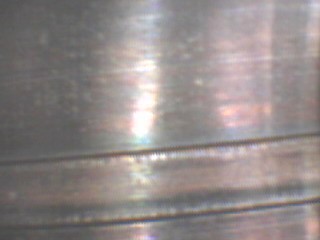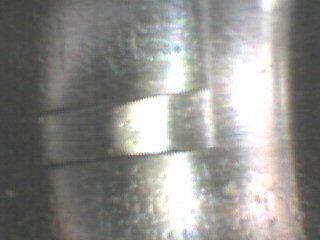Bud Hyett
posted this
24 February 2017
Having an unreasonable desire to have a RIA Springfield (I once worked there), I bought one mail-order that was advertised as possible slight pitting. The pit was one from breech to muzzle. Calling around, I found a 1903 barrel with sights at a local shop in original wrapping.
Having it installed, the gunsmith noted the machining marks on the top of the lands. Shooting it with cast and jacketed produced three-inch to six-inch ten-shot groups with the usual .30 caliber molds. One Saturday evening, with nylon bore brush, cleaning rod, patches and J-B Bore Paste; I proceeded to run three hundred strokes; five strokes, remove patch, new patch, add J-B Bore Paste and do it again.
The only good thing was a local television channel was rerunning Star Trek episodes in a marathon. .
After three hundred strokes, the bore was much shinier, but a bore-scope would still see traces of the machining marks on top of the lands. The rifle went under an inch for ten shots with Reloder #7 and the Lyman 311335 bullet at 1650 feet-per-second. This is a lot of work, however, the results are worth it.
Farm boy from Illinois, living in the magical Pacific Northwest





















